Artists in Exile: European Surrealists in the US during and after World War II
Gertrude Bernoudy Gallery
As a result of Adolf Hitler’s antimodernist and racist politics, many artists in Germany and Nazi-occupied Europe were persecuted and forced to find refuge in countries beyond fascist borders. This selection of historical documentary materials accompanies the display of the work of exile artists from the permanent collection and contextualizes their artistic practice during the wartime era. On view are documents that demonstrate the difficulties they encountered obtaining emigration papers, finding countries willing to take them, and being confronted by anti-refugee sentiments in the US. Contemporary art reviews and other texts demonstrate both the political climate in the US and the societal prejudices the new inhabitants encountered. It also shows how exiled artists, gallerists, and other supporters were committed to building a network in the US to establish a fertile ground for assimilation, creative endeavors, and connecting to the art scene in the so-called New World. What such artists as Marcel Duchamp, Max Ernst, Fernand Léger, Matta, and Yves Tanguy experienced during this period of exile sheds light on this exceptional chapter of 20th-century history and its reflection through art. It also resonates with the increasing number of refugees around the world today and the sociopolitical conditions of their survival.
This display is curated by Tobias Feldmann as part of the Mentored Professional Experiences program in Washington University’s Office of Graduate Studies in spring 2023, under the guidance of William T. Kemper Director and Chief Curator Sabine Eckmann.
Selected works
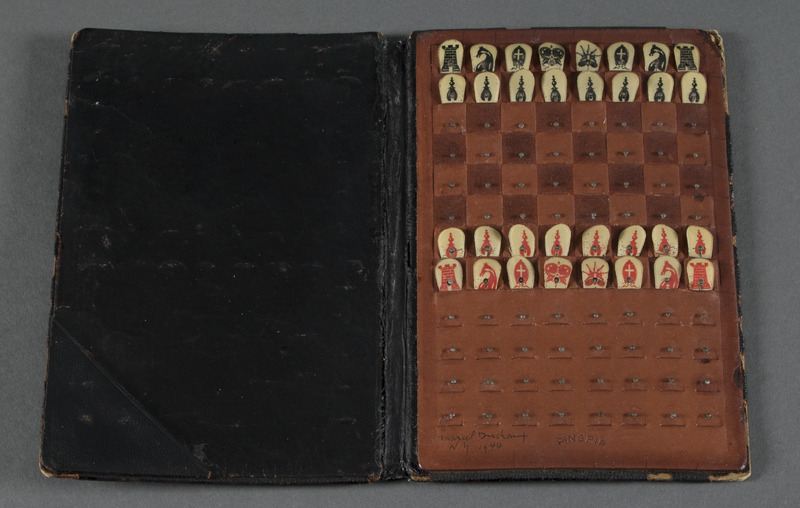
Marcel Duchamp
Pocket Chess Set
1944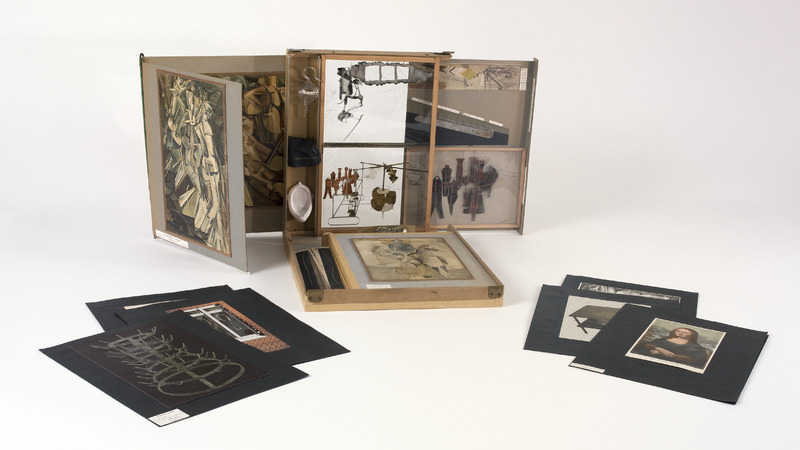
Marcel Duchamp
Boîte-en-valise (Box in a Valise), series B
c. 1942–54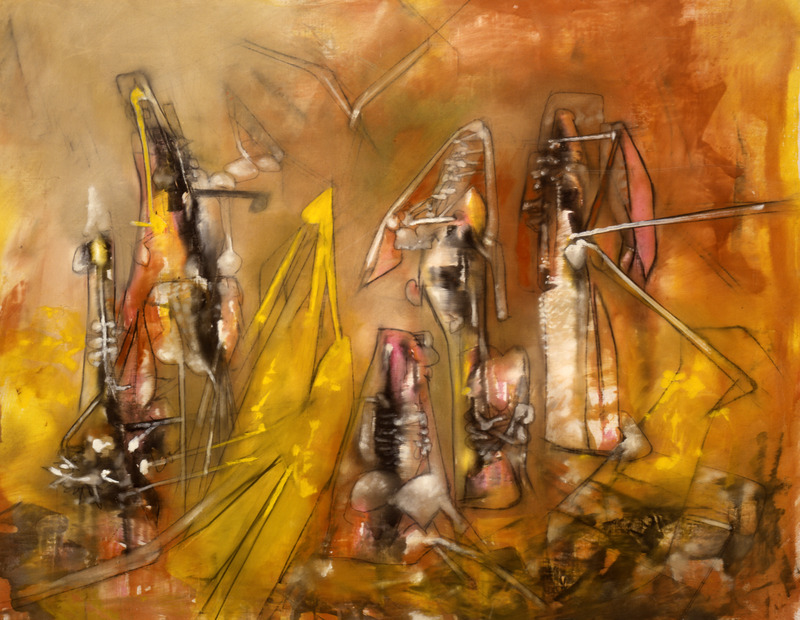
Roberto Matta
Glimmer of Violence
1958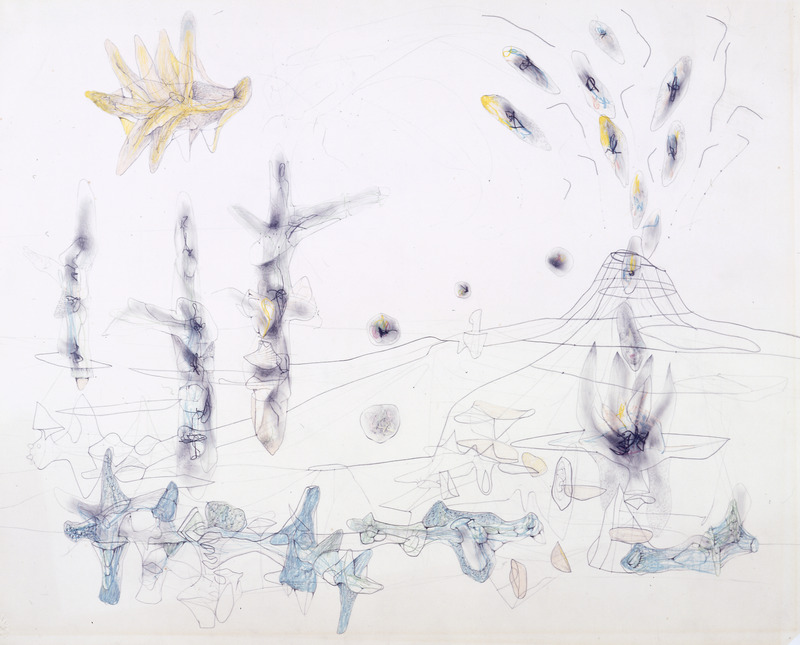
Roberto Matta
Lambeaux Iron-Oniriques (Iron-Oneiric Scraps)
1942
Roberto Matta
Untitled
1945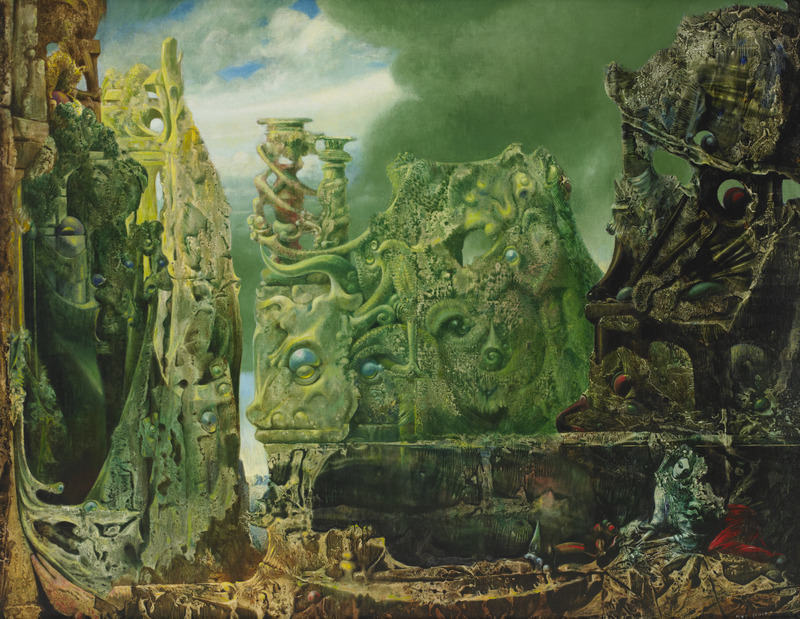
Max Ernst
L’oeil du silence (The Eye of Silence)
1943–44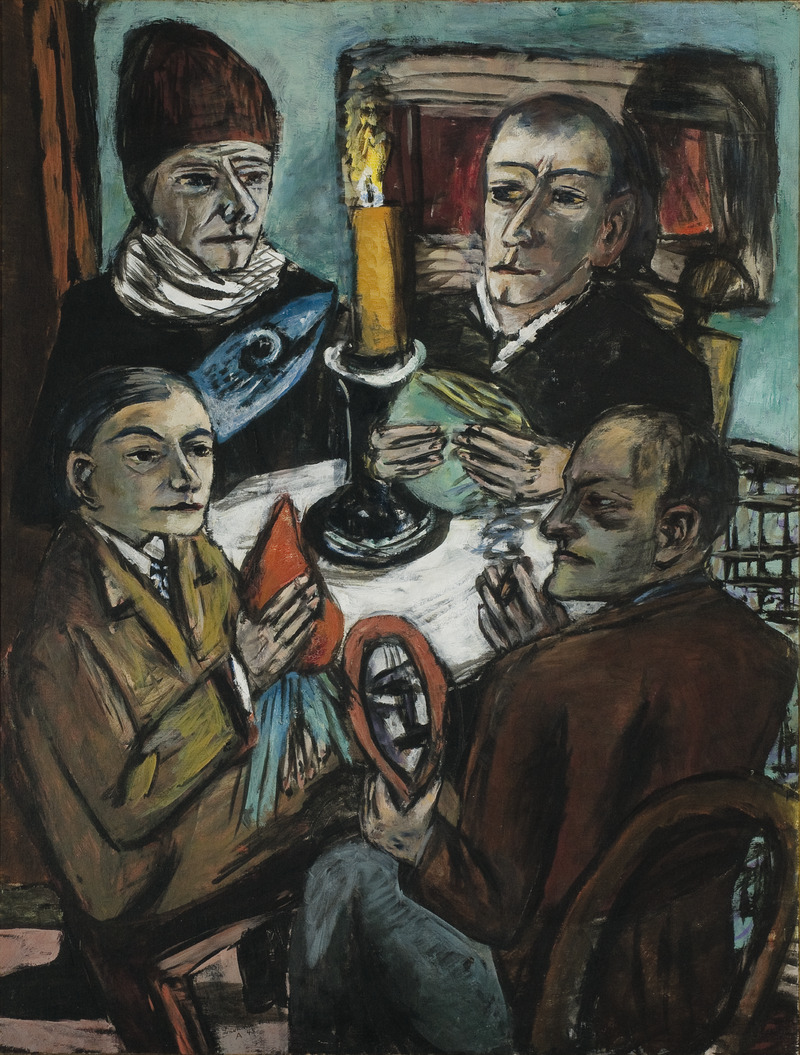
Max Beckmann
Les artistes mit Gemüse (Artists with Vegetable)
1943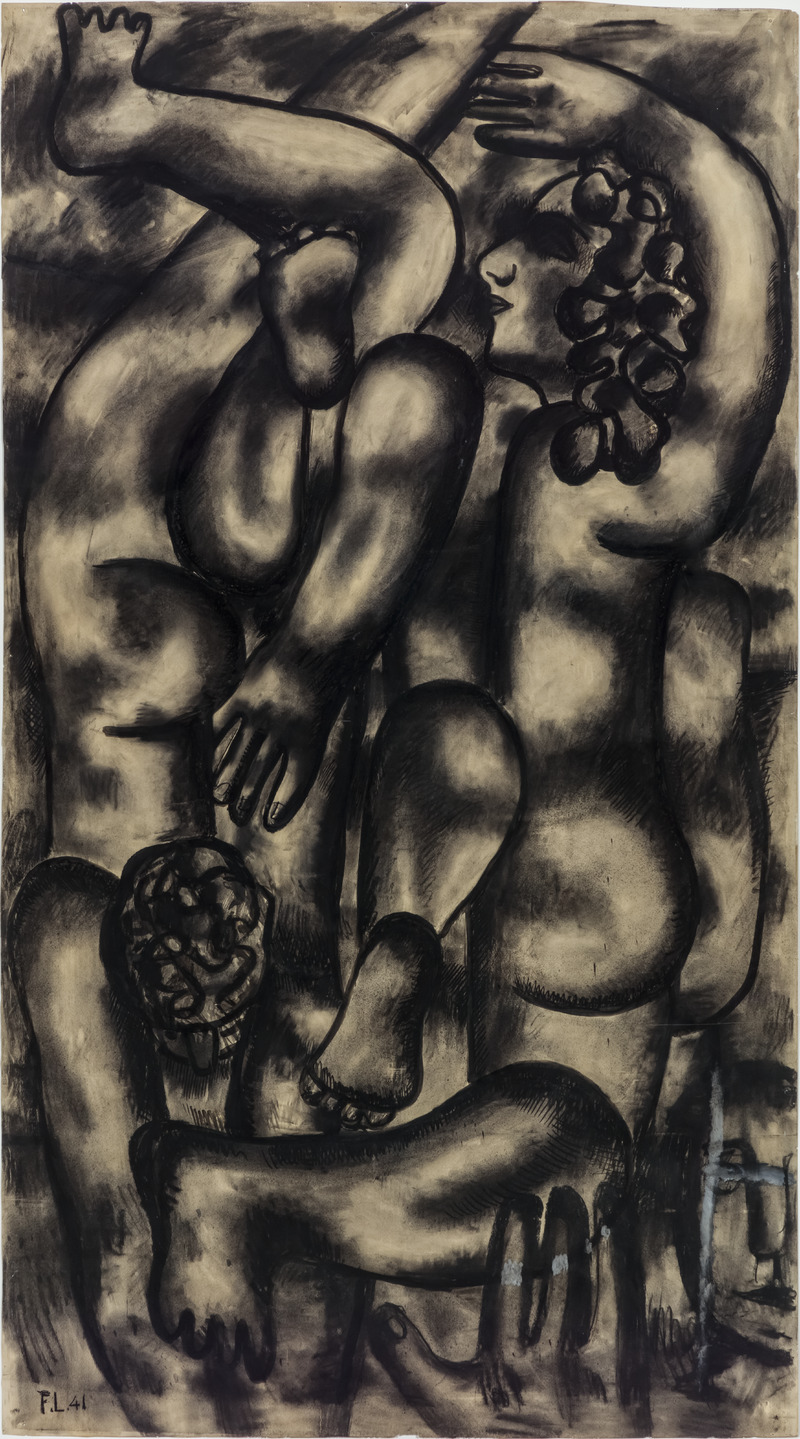
Fernand Léger
Les grands plongeurs (The Divers)
1941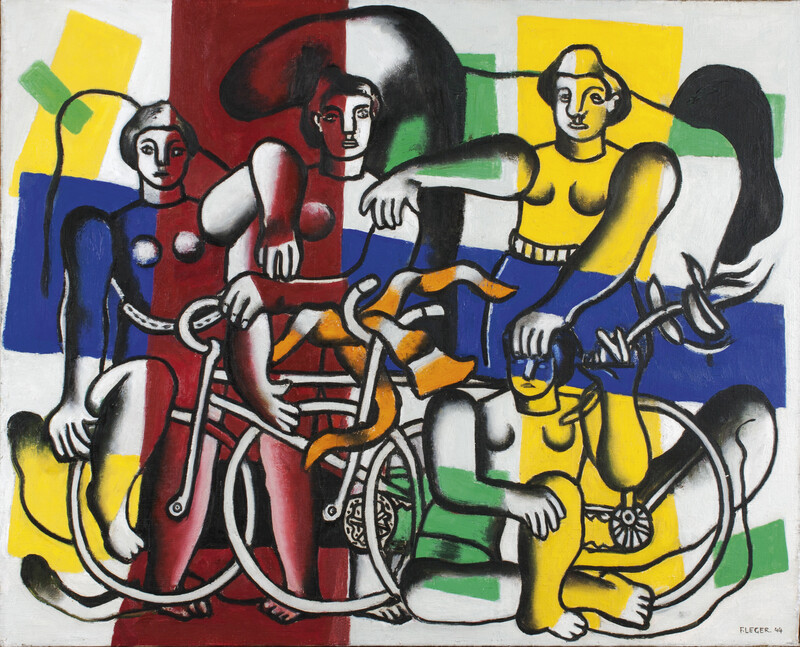
Fernand Léger
Les belles cyclistes (The Women Cyclists)
1944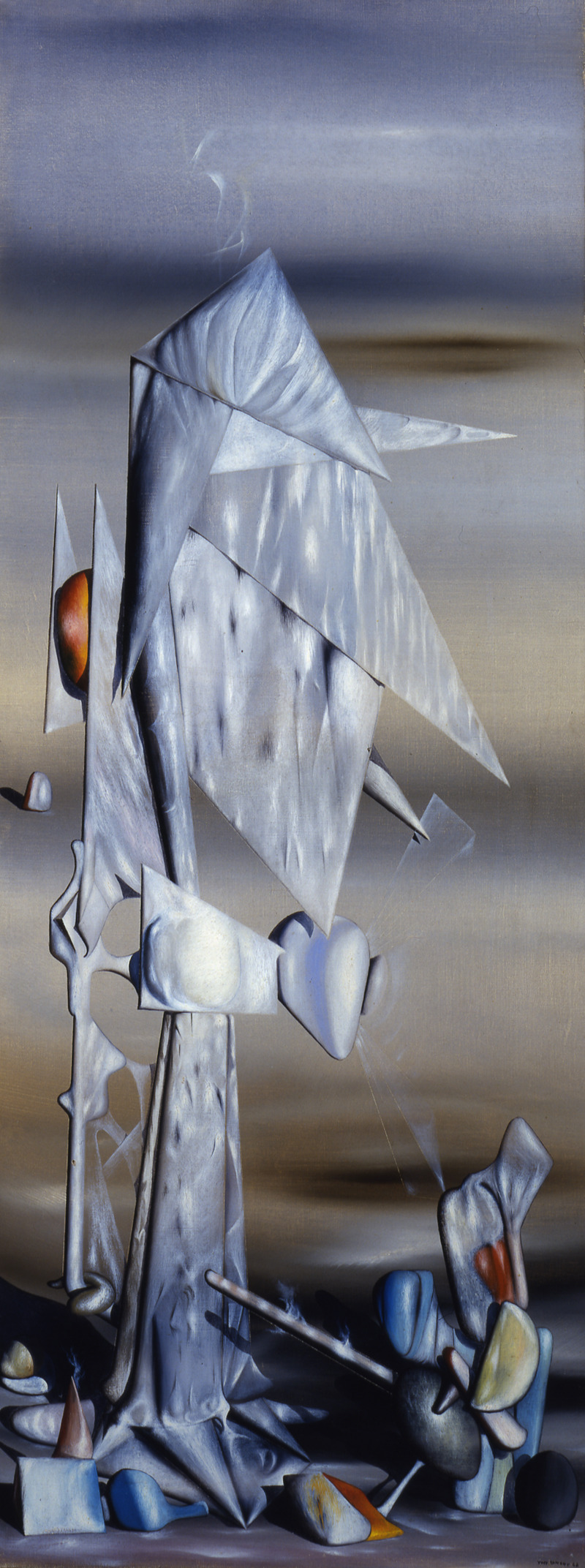
Yves Tanguy
La tour marine (Tower of the Sea)
1944
Werner Drewes
Re-awakening
1943–47
Gunther Gerzso
Imagen Apotropaíco (Apotropaic Image)
1953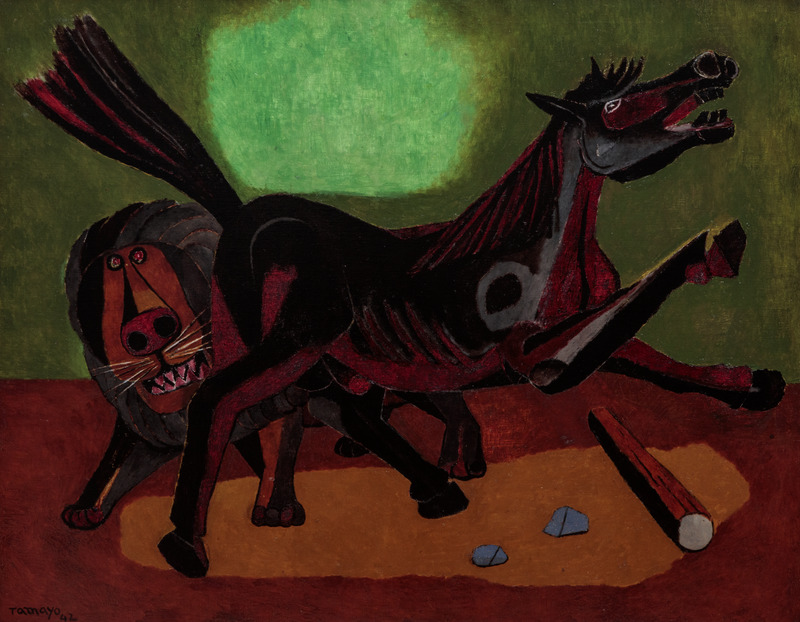
Rufino Tamayo
Lion and Horse
1942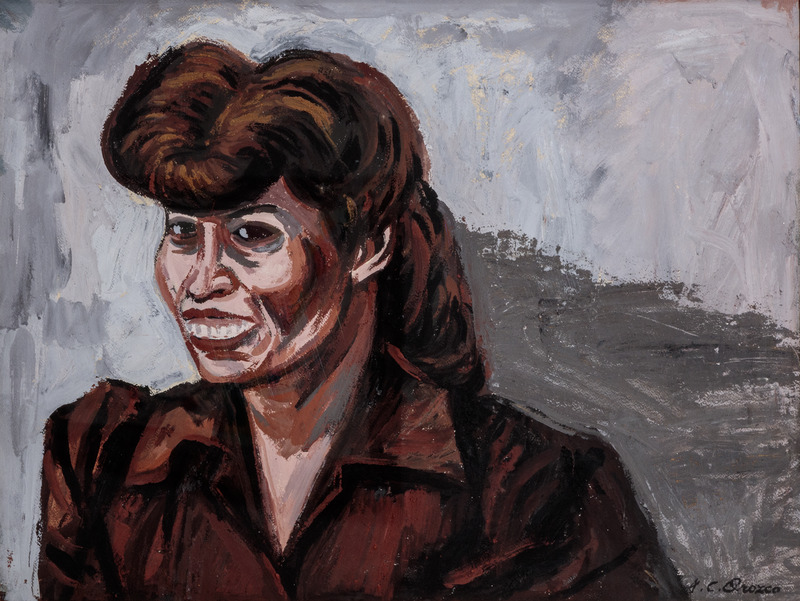
José Clemente Orozco
One Woman
c. 1945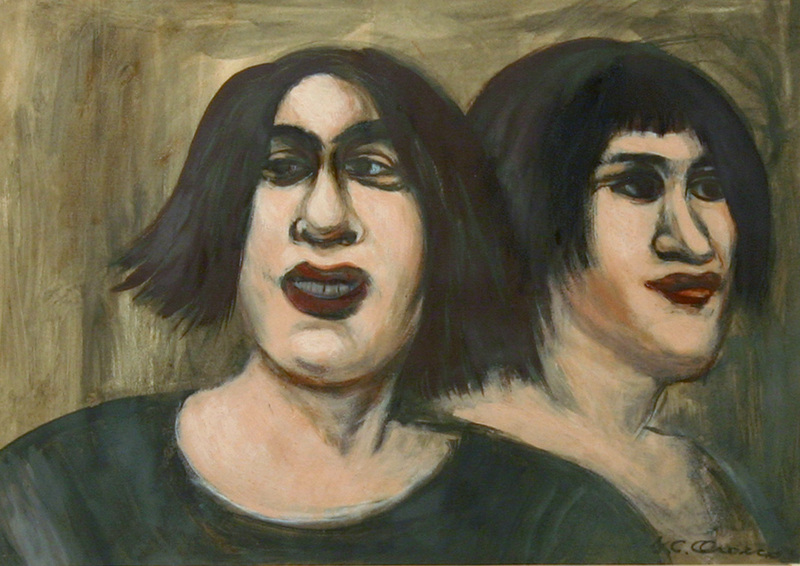
José Clemente Orozco
Two Women
c. 1945